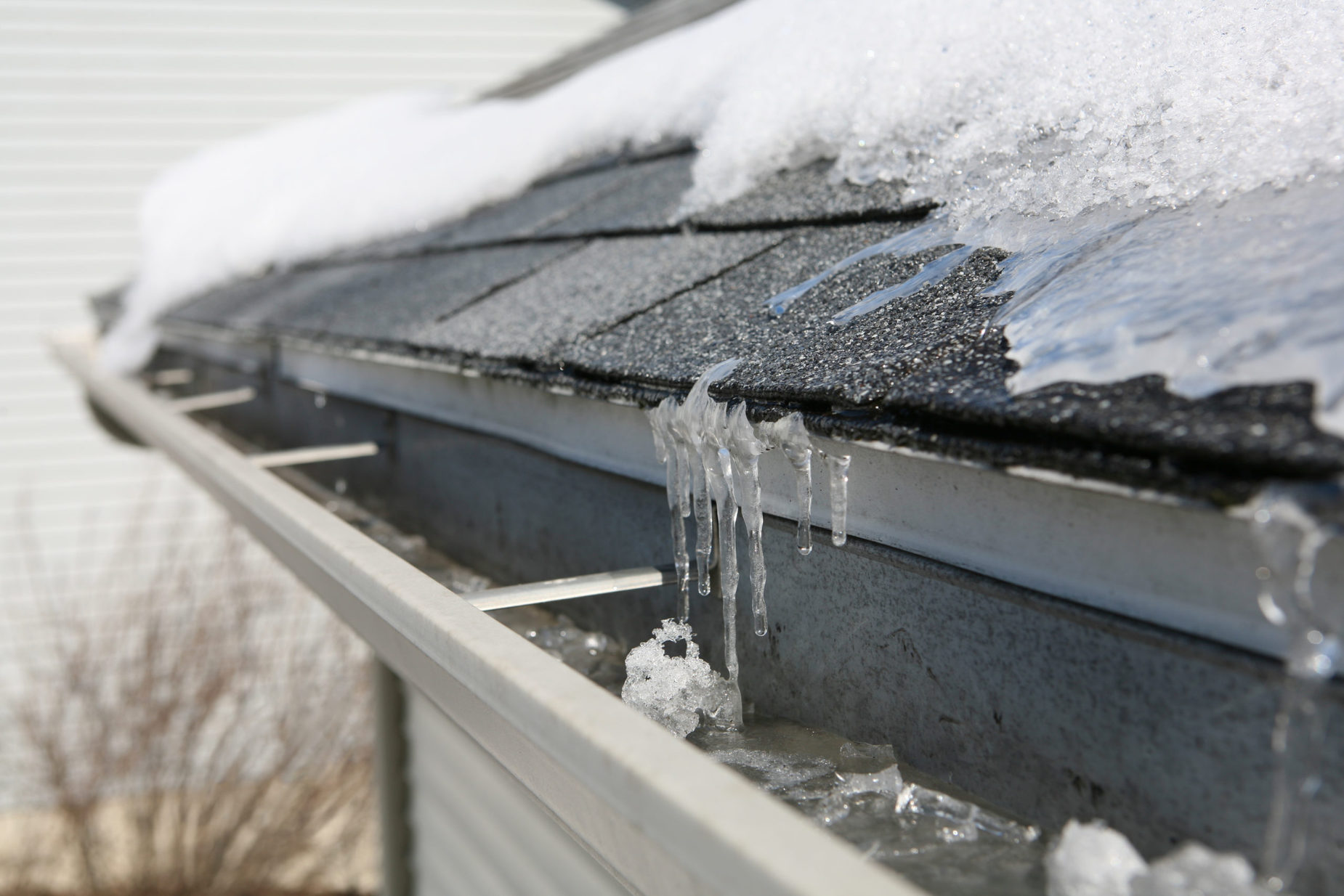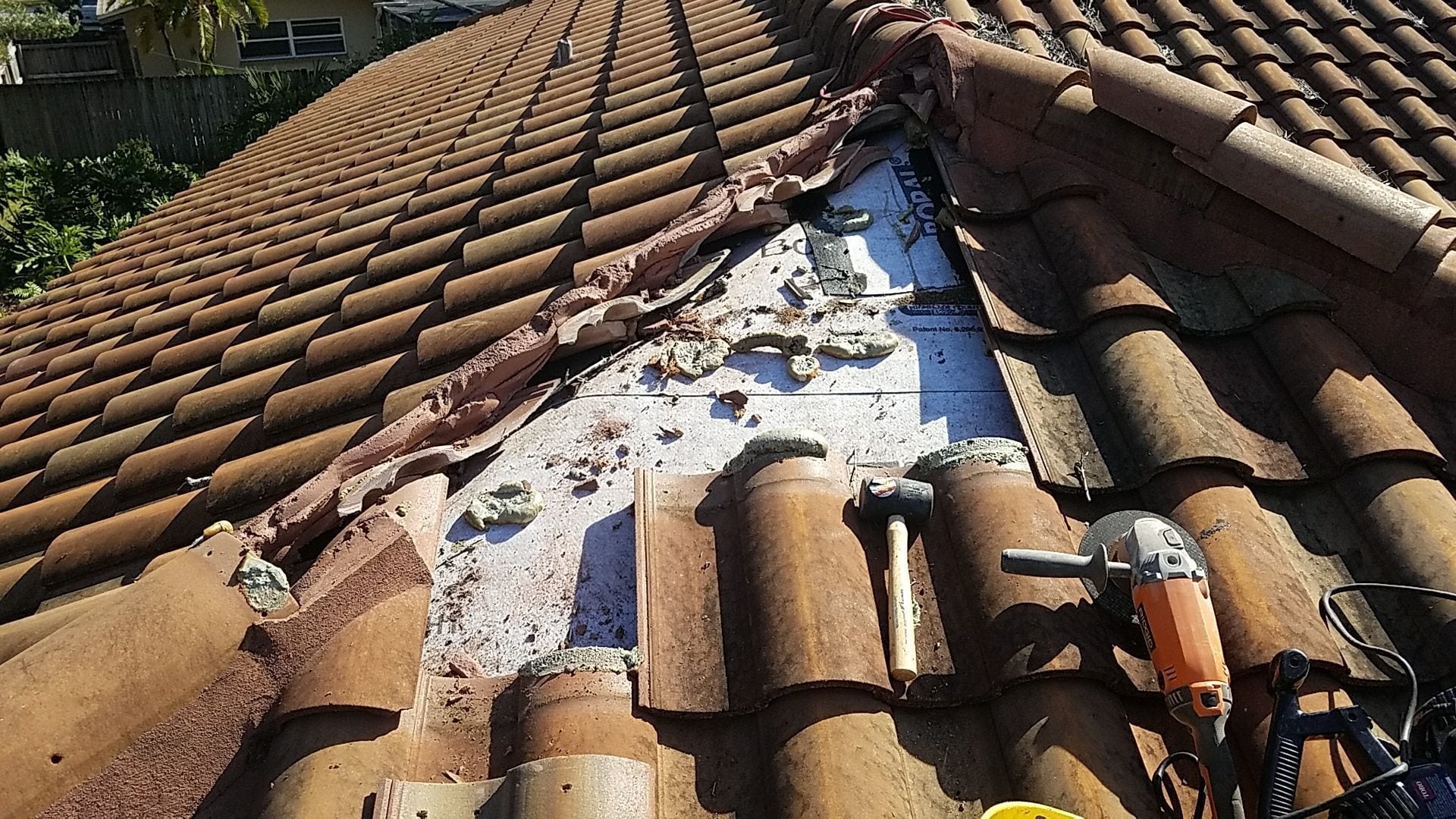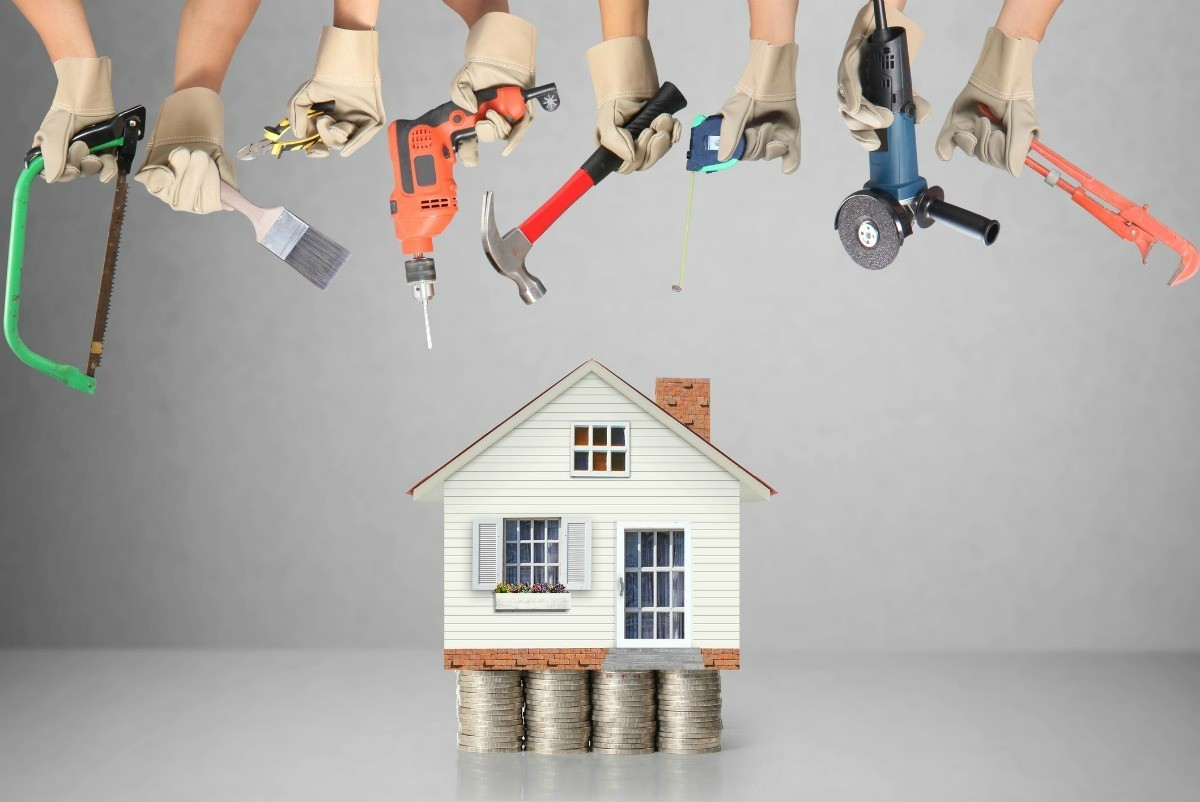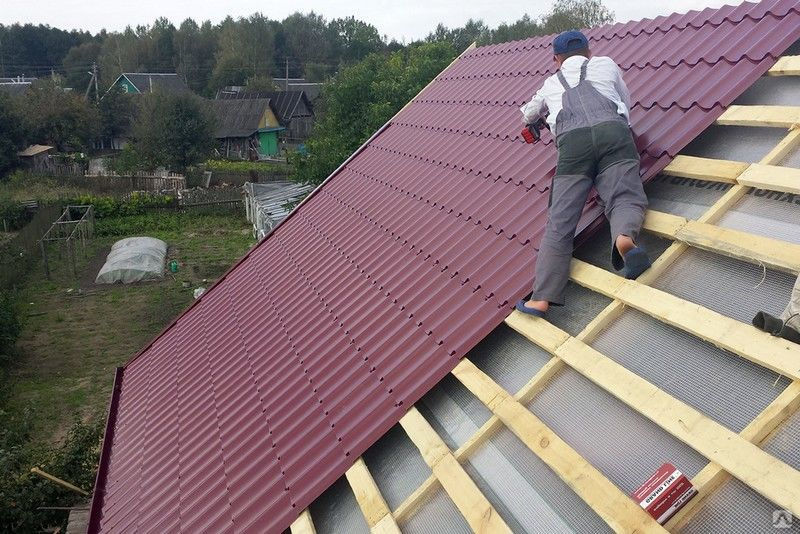Introduction: The roof is a vital component of any building, protecting it from the elements and other potential hazards. Over time, weather conditions, aging, and other factors can lead to various roofing issues. In this article, we will explore some common roofing problems and effective strategies to address them.
Some common roofing problems include roof leaks, damaged shingles, loose flashing, clogged gutters, and excessive moss or algae growth.
Leakage Issues
One of the most prevalent roofing problems is leakage. Leaks can occur due to leaking shingles, improper flashing, or deteriorating sealants. Regular inspections and prompt identification of damaged areas can prevent extensive water damage. Patching up small leaks and replacing damaged materials are effective solutions. To identify leaking shingles, inspect them for cracked, curled, or missing edges. Look for damp or dark spots on the ceiling or walls, which indicate a leak. Deteriorating sealants can be recognized by looking around the vents, chimneys, and skylights for any cracked or loose sealant. Additionally, checking for any signs of moisture or mold inside the attic can help identify these areas in need of repair.
Shingle Damage
Shingles are susceptible to wear and tear over time, especially in regions with harsh weather conditions. Missing, cracked, or curled shingles compromise roof integrity. Regularly inspecting and replacing damaged shingles is essential to prevent water infiltration and maintain roof protective functions. Water damage caused by leaking shingles can lead to extensive and costly repairs. The constant exposure to water can result in rotted roof decking, sheathing, and even interior ceiling and wall damage. This not only compromises the overall structural integrity of the building but also increases the risk of mold and algae growth, leading to further health problems for inhabitants. Additionally, leaking shingles can worsen over time, leading to further leaks and potential damage to electrical components within the building.
Poor Installation and Ventilation
Incorrect installation practices can lead to long-term issues. Inadequate ventilation can cause heat and moisture buildup, accelerating roofing materials degradation. Hiring experienced professionals for installation and ventilation can significantly extend the roof’s lifespan. Regular roof inspections and maintenance are crucial to prevent costly repairs and maintain the overall structural integrity of the building. By regularly inspecting for damaged shingles, loose flashing, clogged gutters, and excessive moss or algae growth, issues can be identified and addressed before they worsen. Prompt identification of leakage problems allows for effective solutions such as patching up small leaks or replacing damaged materials, preventing extensive water damage. Additionally, proper installation and maintenance, including adequate ventilation, extend the life of the roof, saving on future replacement costs and ensuring the safety of inhabitants.

Gutter Problems
Clogged or damaged gutters can cause water accumulation on the roof, leading to leaks and structural damage. Regularly cleaning and maintaining gutters can prevent these issues. Installing gutter guards can also help keep debris out and ensure proper water drainage. Regular roof inspections and maintenance are crucial for ensuring the longevity and structural integrity of a building. By regularly inspecting for damaged shingles, loose flashing, clogged gutters, and excessive moss or algae growth, issues can be identified and addressed before they worsen. Prompt identification of leakage problems allows for effective solutions, preventing extensive water damage and saving on future replacement costs. Proper installation and maintenance, including adequate ventilation, extend the life of the roof, ensuring the safety of inhabitants and minimizing the risk of health problems.
Flashing Failures
Flashing, which seals joints and transitions in the roof, can deteriorate over time. This can lead to water seepage and compromise roof leak protection. Inspection and timely replacement of damaged flashing are crucial to maintaining a watertight roof. Compromised leak protection on the roof can lead to various consequences. These include water seepage and damage to the underlying structure of the building, causing costly repairs or even structural instability. It can also lead to the growth of mold and mildew, which can pose health risks to occupants and damage the interior contents of the building. Additionally, compromised leak protection can result in frequent roof leaks, causing inconvenience, disruption, and a decrease in the overall quality of the living space.
Ponding Water
Flat or low-slope roofs are prone to collecting water, which can result from poor drainage. Over time, standing water can cause structural damage and accelerate roofing materials aging. Improving the roof’s slope, clearing debris, and ensuring proper drainage can mitigate this issue. Examples of roofing materials that are more resistant to ponding water include metal roofs, as they are designed to shed water and resist rust and corrosion. EPDM (ethylene propylene diene terpolymer) rubber roofs are highly resistant to ponding water, as they are extremely durable and have good resistance to UV exposure and chemicals. TPO (thermoplastic polyolefin) roofs also offer excellent resistance to ponding water, as they are flexible and can conform to uneven surfaces, ensuring proper drainage.
Tree and Debris Damage
Overhanging trees can damage the roof during storms, and falling debris can lead to punctures or shingle displacement. Regular tree trimming and prompt debris removal can minimize such damage. Potential consequences of tree and debris damage on the roof include water seepage, which can lead to the formation of mold and mildew, causing health problems for occupants and damaging interior contents. Additionally, fallen trees and debris can puncture or displace shingles, compromising the roof’s leak protection and increasing the risk of structural instability and costly repairs. Prompt debris removal and regular tree trimming are crucial to prevent such damage and maintain the roof’s integrity and functionality.
Regular maintenance, timely repairs, and professional inspections are key to addressing common roofing problems effectively. By staying proactive and addressing issues promptly, homeowners can ensure the longevity and functionality of their roofs. This will protect their investment and maintain a secure living environment. For prompt debris removal, it is essential to schedule regular roof inspections and have clear protocols in place for promptly removing any debris that accumulates. This can be achieved by hiring a professional roofing company or contractor who can provide regular maintenance and cleaning services. As for tree trimming, it is important to consult with an arborist or tree specialist to assess the trees near your roof and determine the appropriate trimming schedule. Regular trimming should be done to prevent any branches from overhanging the roof and causing damage during storms.



